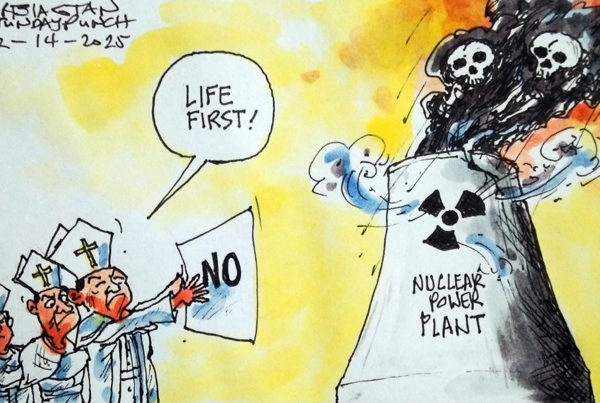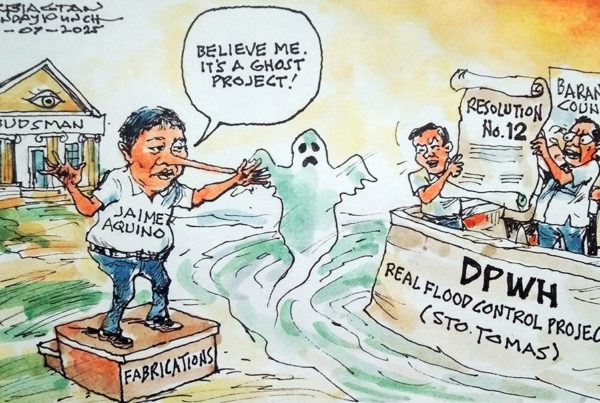Editorial
Disaster-preparedness as life-saver
WE are no strangers to natural calamities.
Within a span of one year between May 2008 and May 2009, our province bore the brunt of two major typhoons, Cosme and Emong, which left several people dead, many families homeless, sources of income in ruins, and public infrastructure in major disrepair. Further back, Dagupan City was among the worst hit areas during the 1990 earthquake in Luzon, one of the most unfortunate disasters in our country’s history.
We have no way of stopping the fury of nature — typhoons, earthquakes, volcanic eruptions, tsunamis will happen if these will happen. But we are not completely at Mother Earth’s mercy. Disaster-preparedness, which is being highlighted through the celebration of July as National Disaster Consciousness Month, is a defense weapon that we can arm ourselves with in order to minimize the physical damages and, more importantly, the injury and loss of lives during calamities. And disaster-preparedness begins on the ground.
Provincial Disaster Coordinating Council (PDCC) Executive Director Paterno Orduna has pointed out last week that awareness within the communities remain weak. And so he has put to task City and Municipal Disaster Coordinating Councils (CDCC/MDCC) and Civil Defense Deputized Coordinators throughout the province to focus on educating the people on what should be done in cases of calamities. We do have government agencies that are already pretty much equipped to send out warning signals of impending disasters, but the people need to be taught further to take these warnings seriously and to follow procedures on how best to keep themselves safe.
Barangay officials, being at the frontline of the government hierarchy, also have a major role in ensuring that the people are kept as much as possible out of harm’s way. Having performed that part, they should then be able to turn to the municipal or city governments for further help. Our mayors should not make the mistake of reducing themselves to merely being providers of relief goods; they need to be more pro-active and be contributors to disaster-preparedness.
Time and again, we have assured ourselves that our resilience as a people will see us through the worst of disasters. But we can do more than that, we can prepare ourselves on how to avoid the worst that natural calamities can cause.
We have to be prepared for natural and man-made disasters 24/7 for two reasons: to save lives and to save more lives!









